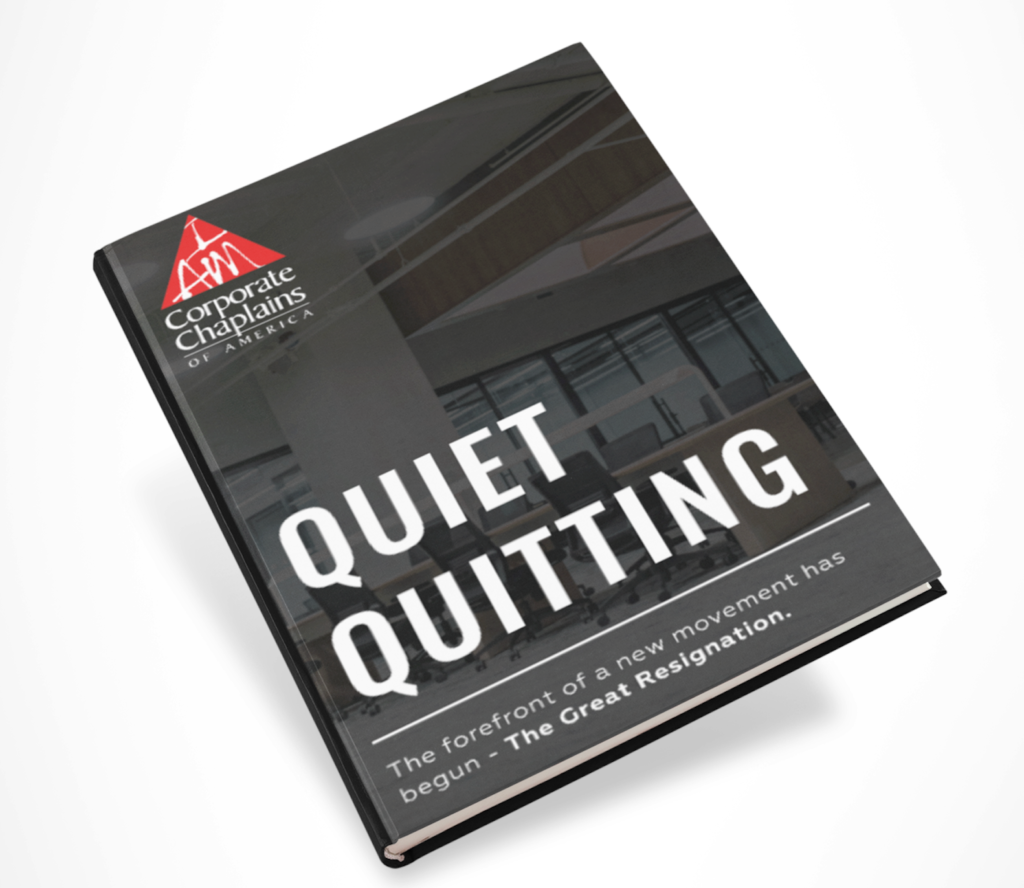We’re finally seeing the light at the end of the tunnel, and a lot of leaders have begun the exodus BACK to the office. One of the things we’re learning is that it’s not as simple as telling your employees to “come back”. So, before you send out that email telling everyone the office is open, it’s important to make the transition as seamless for your employees as possible.
Why should employees return to the office?
As vaccinations rise and COVID-19 cases decrease, employers are anxious to fill the office space that has sat more or less empty for two years. Returning to the office can improve culture, allow for better collaboration, and prevent home office distractions like pets or kids.
While you should return to the office if it’s right for your company and employees, it’s best not to rip off the bandaid. There’s no going back to the way things were before COVID-19 disrupted our lives so make sure you plan and communicate thoroughly with your team.
- Create a Detailed Plan for Returning to the Office
Before asking employees to return to work, it’s important to make sure the company is ready to receive them and that employees are ready to come back.
First, evaluate to what extent employees need to return to the office. Is it necessary for them to return completely? Can a hybrid policy be put in place? If a hybrid policy will be put in place, how many days are in office and how many days are at home?
Another thing to consider is where employees will work once they’ve returned to the office. Has your team grown or shrunk since the pandemic started? Before asking employees to return, make sure they all have a dedicated place to return to and work from.
If your team dynamic has changed because of the pandemic, look into how you can rearrange your office floor plan to better accommodate collaborative and/or individual work.
- Communicate
Communication is key to getting employees to return to the office. It’s better to over communicate with your team and get their input about what they’re looking for.
Communicate with Employees About Returning to the Office
Don’t just spring a return to the office on your employees. Give them plenty of notice and be clear about what the company expects from them.
Allow Employees to Express Their Concerns
Ultimately it’s up to you as the business leader to decide what kind of policies are best for your company’s return to the office. While you might be excited to return to the office, your employees might feel otherwise.
Having open lines of communication or sending out a survey where employees can share anonymously can help you decide what kind of policies would benefit both you and your employees. Try to find a compromise when your desires differ from the desires of a majority of your team.
- Set Realistic Expectations and Be Flexible
Things that were easy before the pandemic have become hard, and things that were hard before the pandemic have become frustratingly difficult.
Any number of factors could affect your employees’ ability to return to the office, from finding child care to purchasing a vehicle so that they can commute to work. If your employee approaches you with a hardship that might delay their return, be patient and sympathetic to their situation.
Most of all, be flexible. It was a huge adjustment for many companies and employees to start working remotely. Employees have become accustomed to zoom meetings, flexible schedules, and not having to factor in commutes when setting morning alarms.
While it was a huge adjustment to go remote, it’s an equally huge adjustment to go back to the office. As mentioned before, give your employees plenty of notice to get their home lives ready for returning to work.
- Reimagine the Office
It’s become obvious that employees felt isolated before the pandemic, but COVID-19 exacerbated that isolation. For many months, employees weren’t able to see family, friends, and coworkers except through a computer or phone screen. While many are excited to return to the office, many are not excited to return to the old office dynamic and set-up.
Going from a lonely home office to a lonely cubicle isn’t going to help morale or culture. Before welcoming your employees back with open arms, consider changing up how your office space is used.
Consider removing cubicles and implementing an open floor plan. If you adopt hybrid work, look into having shared workspaces, removing extra or unused desks, and creating an area where employees can collaborate and work together if needed.
- Ensure Employee Safety
All signs point to COVID-19 becoming endemic, but that doesn’t mean we should get rid of safety protocols created by the pandemic. A new variant spike could throw a kink in your plans to return to work if not careful.
Before welcoming employees back, make sure you have rules in place to ensure they are returning to a safe work environment. If an employee has the sniffles, ask them to work from home. If there’s a COVID spike or a virulent flu season, reduce the amount of employees in the office at one time.
If your company has the ability to work remotely, don’t needlessly put your employees’ health at risk because you wish to see them in the office more.
Is a Return to the Office Right for You?
It really depends on your company, your culture, and your team. There are many things to consider as a leader when it comes to returning to the office. There are pros and cons to working from home, hybrid work, and full in-office work. Research, plan, and do your due diligence for your employees.
If you decide to return to the office full-time or with a hybrid schedule, think about supporting your team with a chaplain. Our chaplains are available 24/7 for you and your team. Contact Corporate Chaplains of America today to learn how to support your team as you seek to grow a thriving, healthy work culture.




